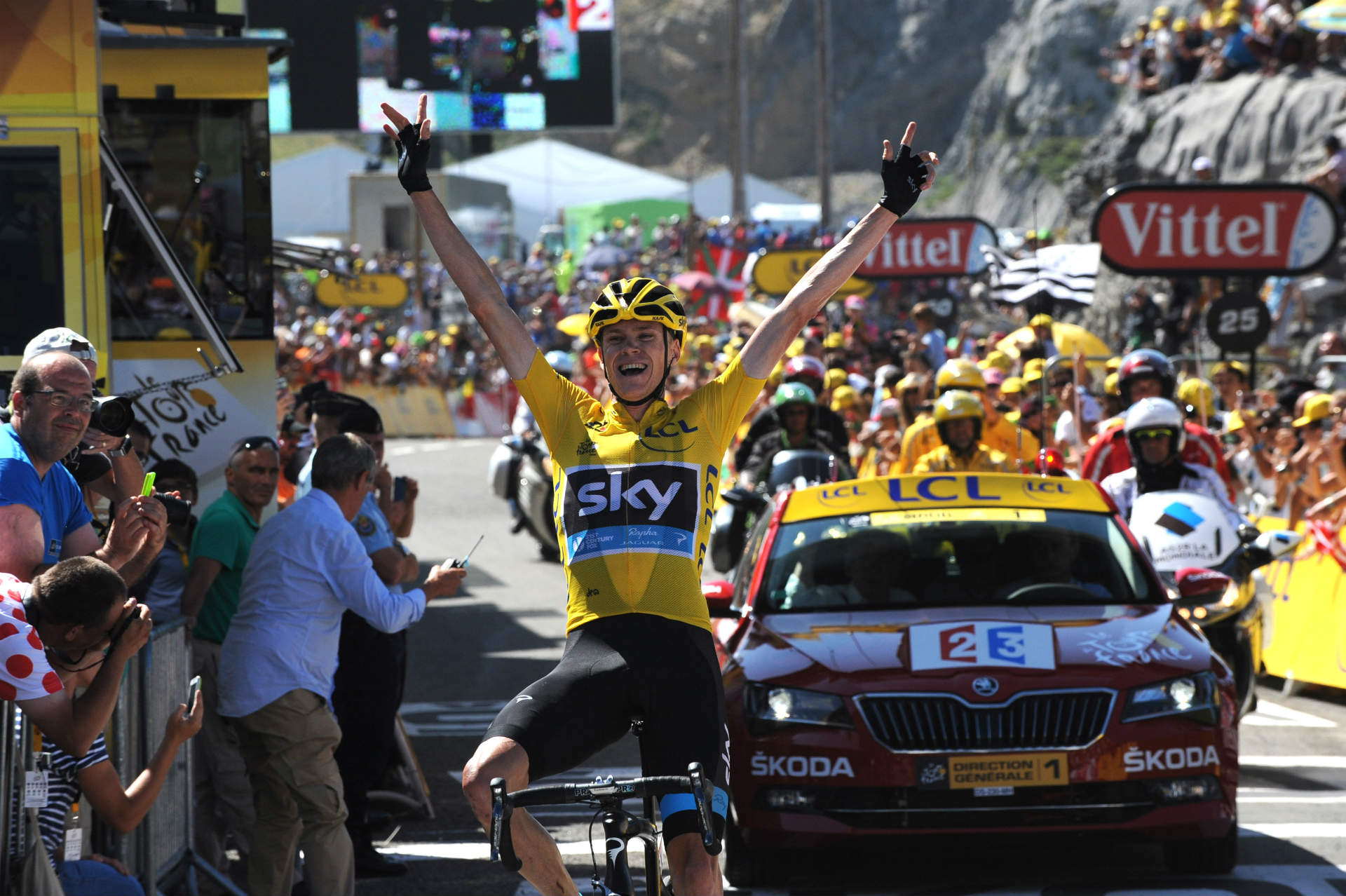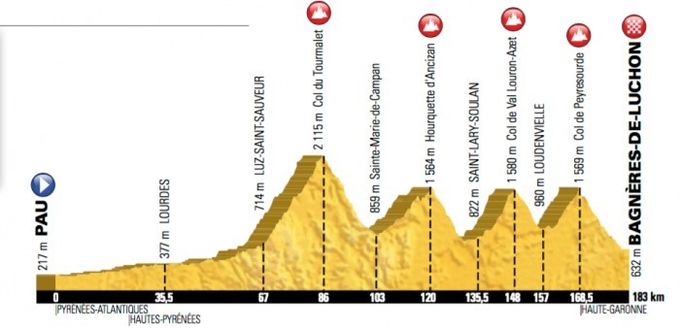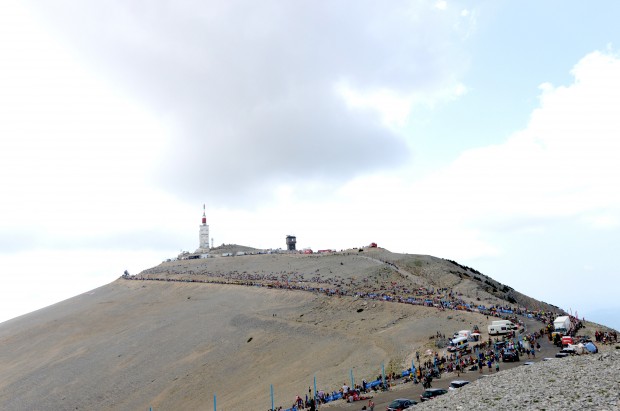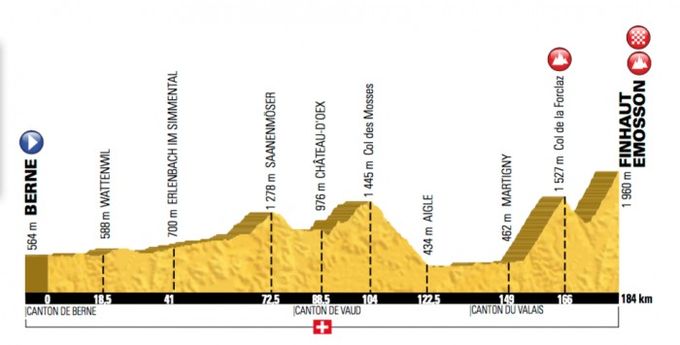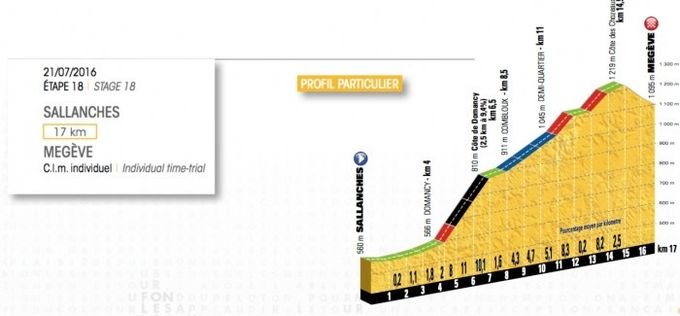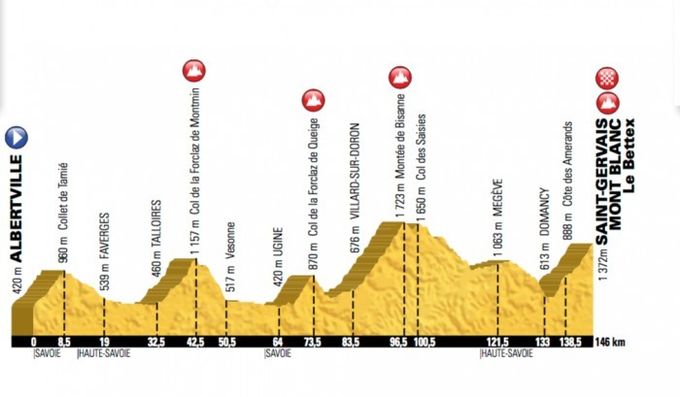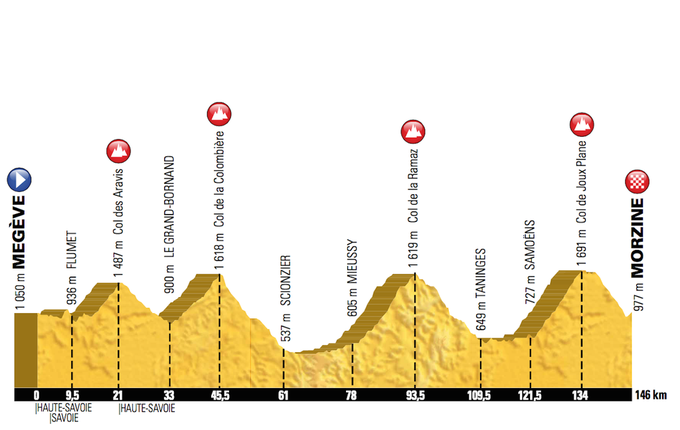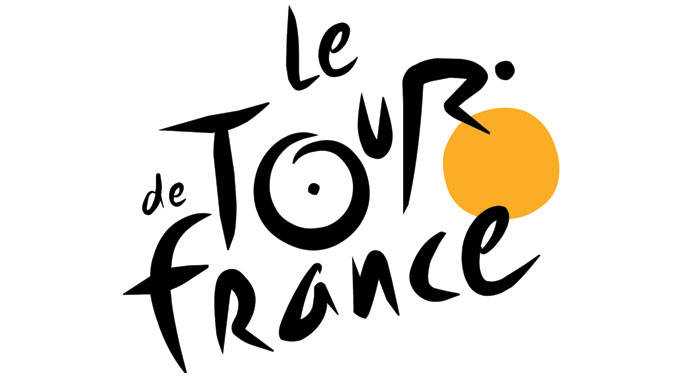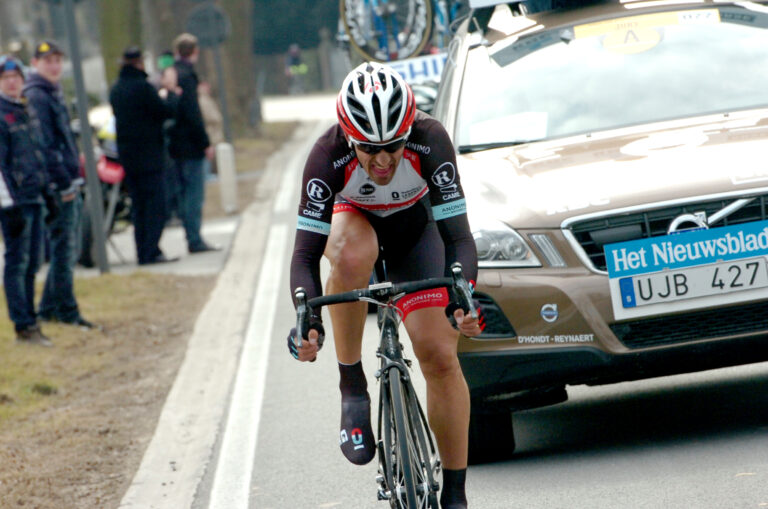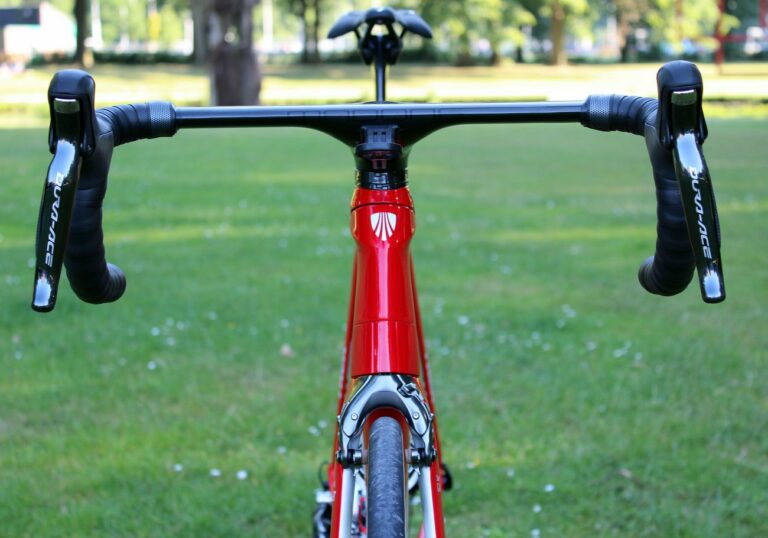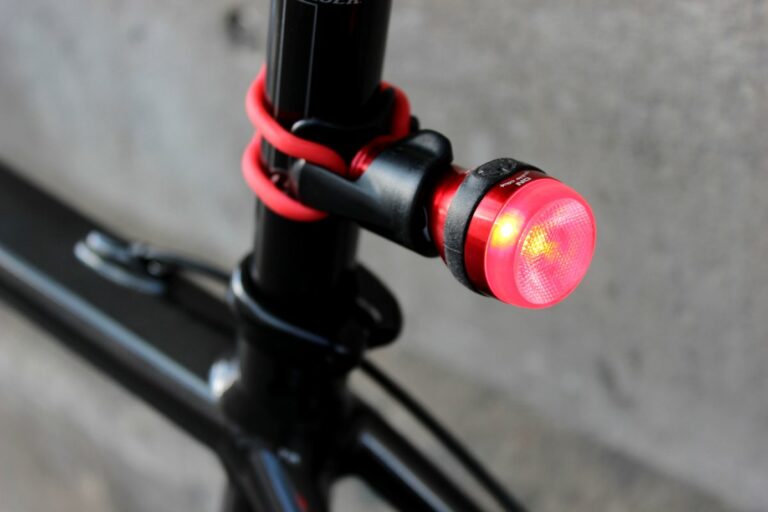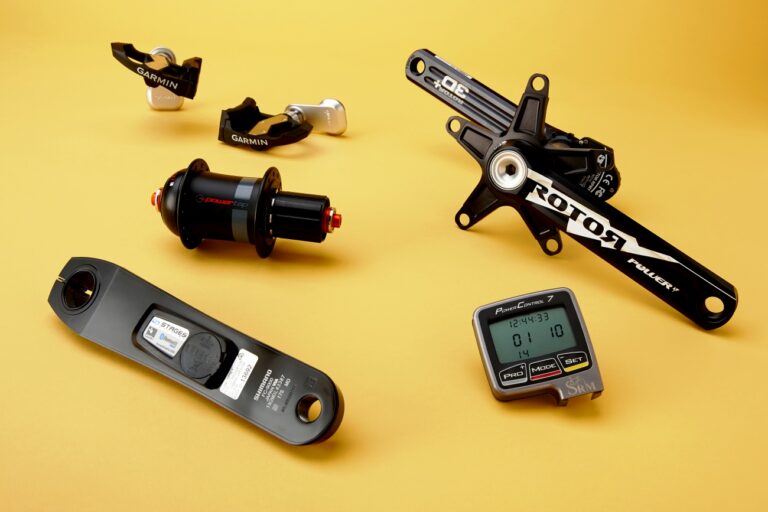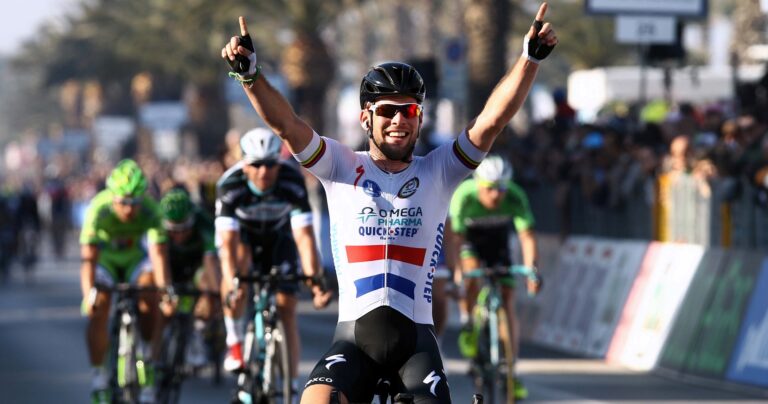A challenging but balanced route awaits at the 2016 Tour de France, with four summit finishes and two individual time trials featuring on the route unveiled on Tuesday.
Defending champion Chris Froome believes the route suits him better than this year’s parcours, and that it will take a “complete cyclist” to win, with a selection of technical descents and fast finales also featuring on the route to test each rider’s skill going downhill, as well as up.
Tour de France 2016 route: rider reaction
Nairo Quintana, meanwhile, says the route reminds him of the Giro or Vuelta, with tough stages littered across the three weeks, while the two-time Tour runner-up has previously shone on finishes up Mont Ventoux and in Morzine.
But where exactly will the maillot jaune be won or lost in 2016? We’ve picked out eight key stages to note in your diaries and where the race for the general classification is likely to be settled.
Stage five – Limoges to Le Lioran, 216km

The third consecutive 200km-plus stage in the first week, stage five also represents the first significant climbing challenge of the 2016 Tour de France.
A stage finish at the Le Lioran may not be enough to blow the GC apart, but it will serve as a form finder and allow those in the best shape to look to open up some early gaps on any rivals who have arrived at the Tour not in peak shape.
There are three climbs in all in the testing 36km finale, starting with the 5.4km ascent of the Pas de Peyrol – the gradient just five per cent at first but rising into double figures in the final 3km and getting steeper until the summit.
The Col de Perthus follows, and is a short, sharp 4.4km at 7.9 per cent before the Col de Font de Cere and uphill finish at Le Lioran concludes the stage.

